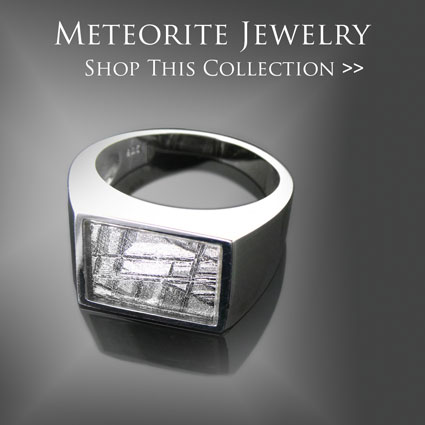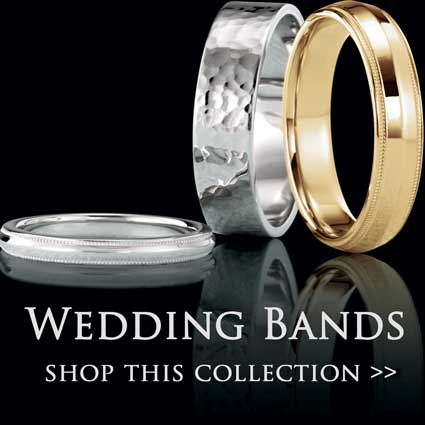Chinese Gaming Counters
Tuesday, November 29, 2011 1:28:33 PM America/Los_Angeles

Since Roman times, games of chance have used gambling chips to keep track of wagers. Originally crude metal or clay disks, they slowly evolved into todays casino chips.
The heyday of counters existed in the 1720 to 1840 era. Trade routes with China brought back exotic silks, spices, and handmade goods never seen in Europe. Anything Chinese was all the rage, and among the most popular items were the beautiful mother-of-pearl chips known as gaming counters.
Starting with the interior of pearl oyster shells, artisans hand engraved intricate designs of village life, birds, animals, or complex geometric patterns. From start to finish a single intricate chip could take days to complete. The English aristocracy competed with each other to see who could import the finest counters. The counters used by Queen Charlotte in the 1780`s still reside in the royal collection of Queen Elizabeth. The engraving is so precise it is believed that only diamond tipped tools could have realized such detail, a method of production unknown in the West.
The social card games that required counters, including whist, piquet, and quadrille have long been forgotten, but the wealth of this opulent era still exist in these rare miniature pieces of Chinese art.
You must be logged in to post a comment.
click here to log in




